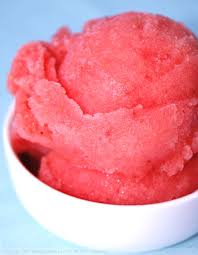Vitamin D, a fat-soluble vitamin, has drawn mounting attention over the last few years. There is growing evidence that population levels of vitamin D in the United States are inadequate and may be associated with a variety of chronic and infectious diseases.
Low vitamin D has been linked to increased risk of falling and bone fractures, hypertension, vitamin D-sensitive cancers, and possibly even diabetes, tuber- culosis, influenza, periodontal disease, multiple sclerosis, and overall mortality rates. Vitamin D appears to impact multiple disease states due to its integral functions in cell signaling.
Vitamin D sources include both dietary consumption and skin production. Dietary sources of vitamin D are limited primarily to fortified milk and cereals, fish, and eggs.
Current dietary recommendations for vitamin D (200-400 IU) are being reconsidered based on increasing evidence that significantly higher levels are safe and may reduce the burden of some chronic and infectious diseases. Please consult your physician before deciding to consume vitamin D supplements.
The most important source is skin production of vitamin D (cholecalciferol) that is triggered by exposure to UVB sunlight. Both skin and dietary sources of vitamin D must be converted to 25 hydroxyvitamin D (calcidiol) in the liver and then ultimately into the active form of 1,25 hydroxyvitamin D (calcitriol) in the kidneys.
Skin sources of vitamin D can be significantly influenced by changes in sun exposure with seasons, geographic latitude, time of day, cloud cover, smog, and sunscreen.
An initial exposure to sunlight of 10 to 15 minutes at least two times per week allows you adequate time for vitamin D synthesis and should be followed by application of a sunscreen with an SPF of at least 15 to protect the skin.
Featured Recipe
Strawberry Banana Sorbet

Ingredients:
2 Frozen Bananas (peeled and wrapped with plastic wrap)
2 Cups Frozen Strawberries
1⁄4 Cup Plain Soy Milk
Liquid Sweetener of choice (Agave, Stevia, etc.) if needed for taste
Directions:
Take the frozen bananas out of the freezer and break them into three or four pieces. Place bananas and strawberries into food processor and allow them to sit for about 10 minutes to thaw only slightly. Cover and start the food processor. With it running, add soy milk to help fruit blend smoothly. Stop the food processor from time to time to scrape down the sides. Keep processing until the fruit is the smooth consistency of soft- serve ice cream. Add liquid sweetener to taste and process briefly one more time. Serve immediately, or you can put whole processor into the freezer until you are ready and give it another blending right before serving.
Makes three servings. Per serving: calories 109.1, total fat 0.1g, sodium 8.0mg, cholesterol 0.0mg. Can be stored in a plastic container for up to a few days and re-processed to soften. Source: www.fatfreevegan.com
__________
Republished with permission from the Living Whole Newsletter, Summer 2010. To learn more about the Living Whole Employee Wellness Program, click here.
